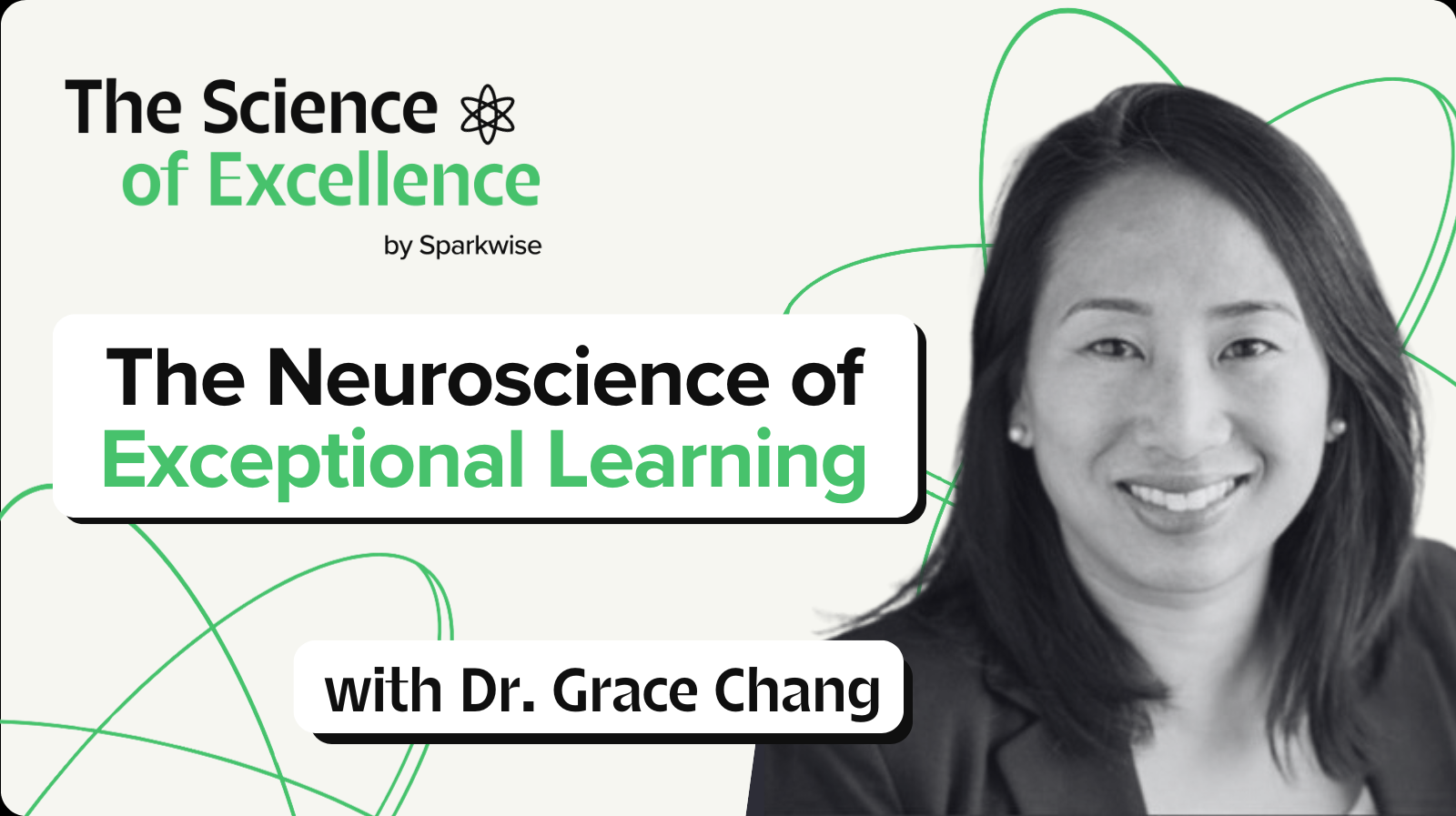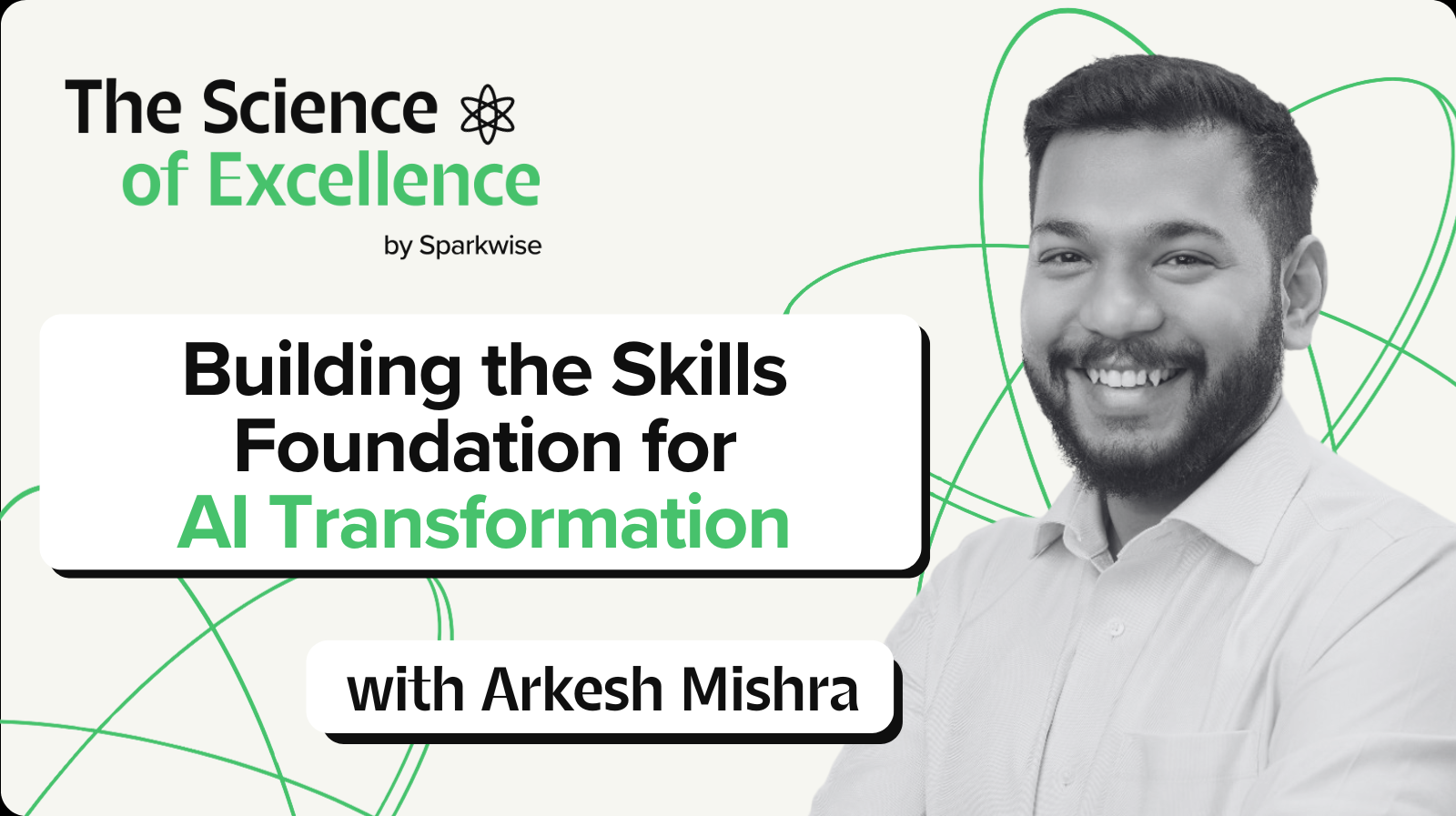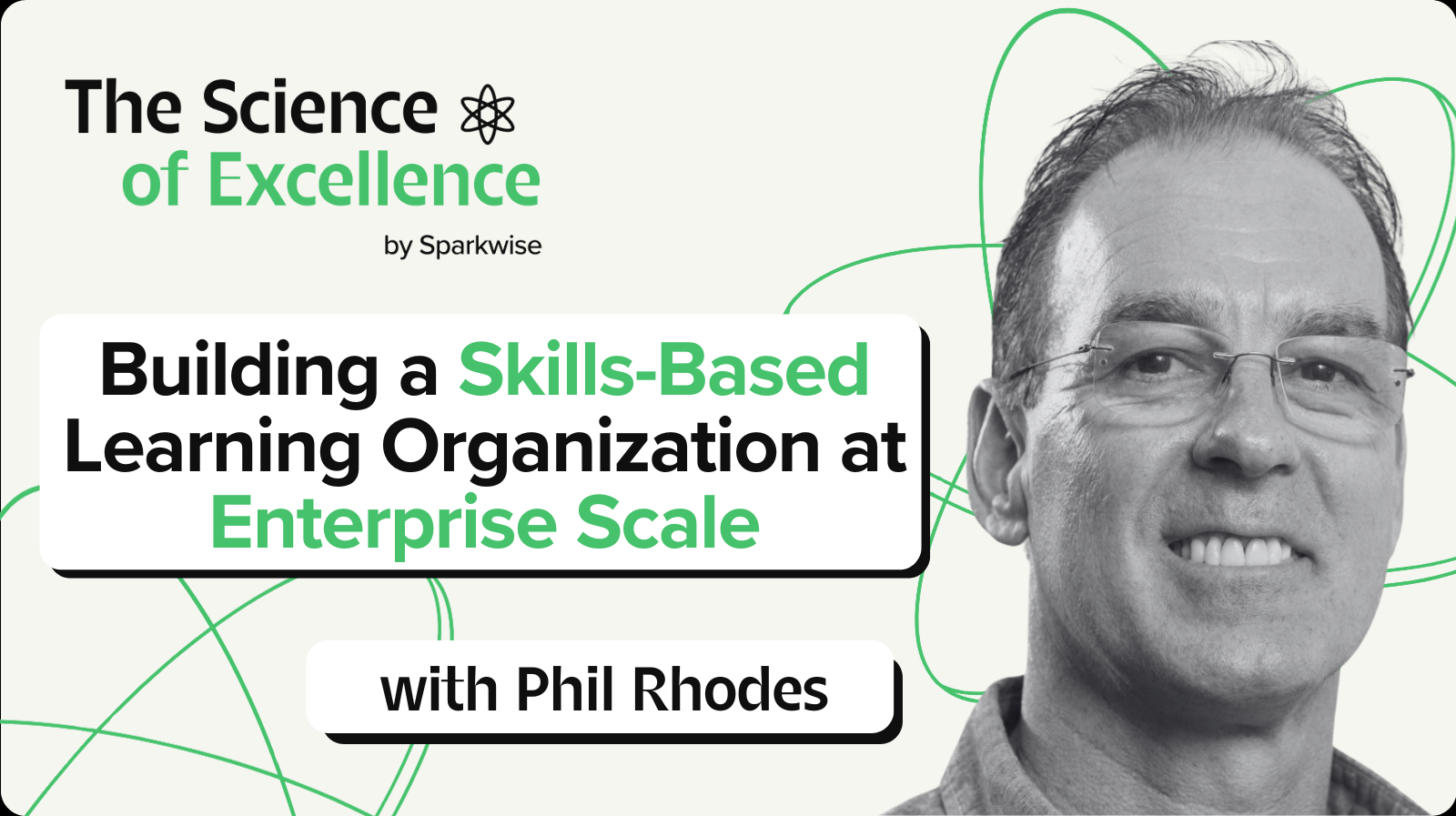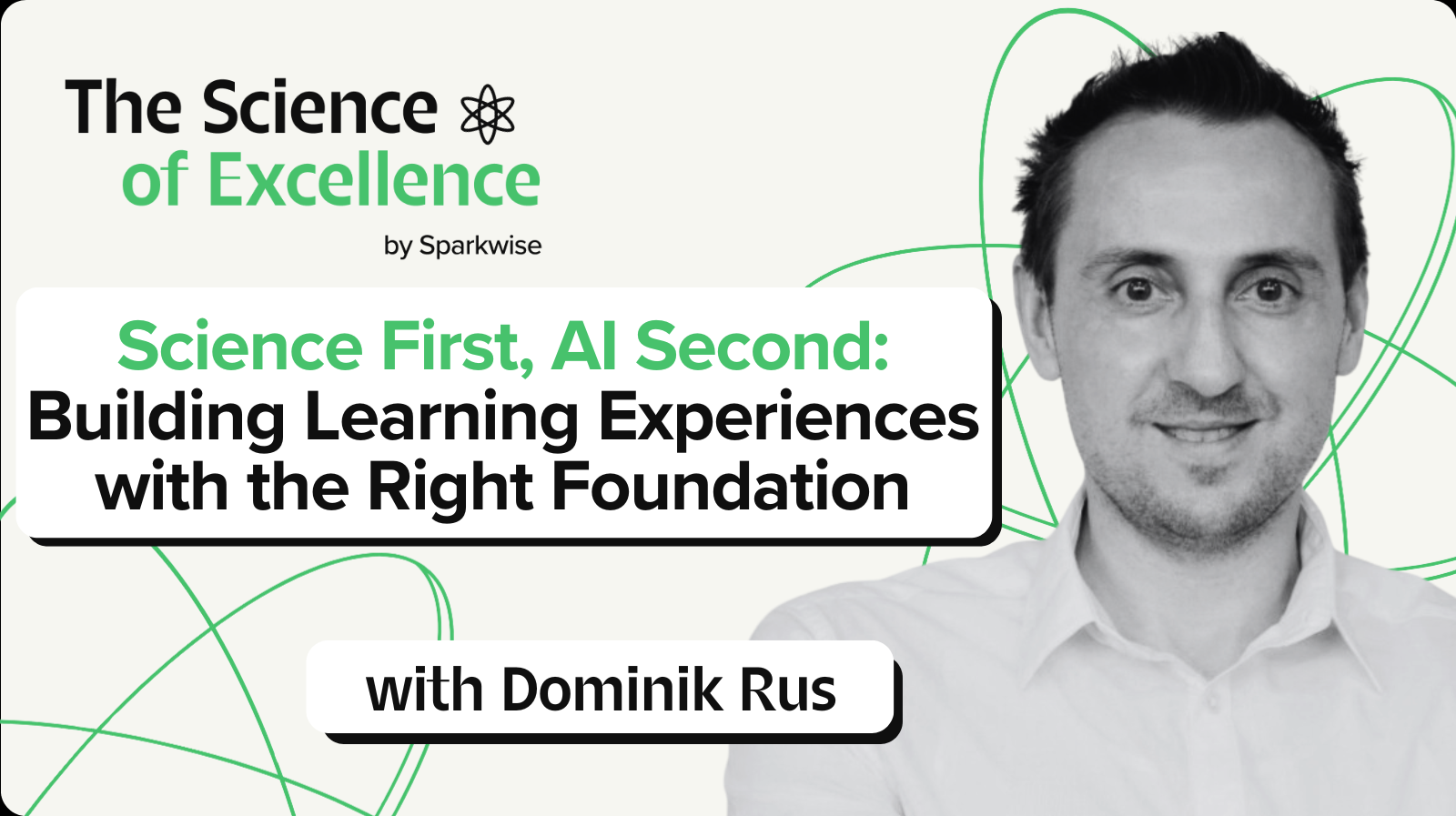In this episode of The Science of Excellence, I sat down with Ekpedeme "Pamay" M. Bassey, Chief Learning and Culture Officer at Kraft Heinz.
We discussed how she's pioneering a learning culture that transforms how employees approach their development, encouraging them to "learn like an owner" and see learning as a superpower.
Pamay's background in AI and technology has given her a fresh perspective on corporate learning, allowing her to balance technological innovation with human-centered approaches to development.
These 4 insights stood out most from our conversation:
- Stop Equating Content Delivery to Learning
- Teach Critical Thinking, Not Mindless Execution
- Embrace Humility and Empathy When Designing Learning
- Lead By Example to Inspire a Learning Culture
Stop Equating Content Delivery to Learning
In Pamay's Words: "What do I want you to know and be able to do? How could I make the learning as close to what you have to go back to your desk and do? If you continue to think about that, then it's not that hard to understand why delivering content is not what you're trying to accomplish. You really want people to have the opportunity to learn how to do something. What behavior do I want you to be able to exhibit after you've been through this learning experience? That's the difference between content delivery and actually learning."
A common mistake in corporate learning is equating information consumption with skill development. Simply clicking through courses doesn't create behavioral change or performance improvement.
Organizations that design learning experiences to mirror actual work see dramatically better transfer of learning to on-the-job performance.
Teach Critical Thinking, Not Mindless Execution
In Pamay's Words: "I think the biggest issue is you still have to be smart. You still have to ask great questions. You still have to have discernment. How many stories have you seen where somebody has used an LLM, come up with some verbiage, put it in a document and it's just not true? Those critical thinking skills become even more important. That's something that is easy to get lost in the excitement of moving towards new ways to use these technologies—to realize they're really great, but they're not perfect yet. You still need to ask questions and ask good questions."
While Pamay embraces AI in learning programs, she emphasizes that it actually increases the need for human judgment and critical thinking rather than diminishing it.
Organizations that balance technology adoption with deliberate critical thinking development create more sophisticated users who can leverage AI's benefits while avoiding its pitfalls.
This approach transforms employees from technology consumers into technology partners who understand when to trust the tool and when to apply their own expertise.
Embrace Humility and Empathy When Designing Learning
In Pamay's Words: "I think humility is helpful, and I say that because I have lots of things that I've learned from my year of learning and one of those things is that sometimes learning is just hard. Sometimes it feels awful to not know something, and you really wanna already know it, and you really wanna be an expert at it and you don't. And so being able to be humble enough to say, okay, I realize I'm just at the beginning of a learning journey and I'm going to just be courageous and take one step after another."
Creating a learning culture requires acknowledging that learning isn't always easy—it can be uncomfortable and humbling, especially for accomplished professionals.
Organizations that normalize the discomfort of not knowing create psychological safety that allows people to take risks and embrace new challenges without fear of judgment.
Lead By Example to Inspire a Learning Culture
In Pamay's Words: "I do a bit of performance art, right? I'm a pretty visible learner, and when I stepped into my role as chief learning officer, I wanted to show people what it looked like to make time for learning to learn something new every day for 365 days. Whether that was four, five minutes, 10 minutes or an entire day, and just being relentless with that saying learning is something that's important that you make time for. If you create an army of learners and send them across the organization, then that's helpful. You have ambassadors for learning."
Creating a learning culture doesn't happen through programs alone—it requires visible demonstration from leaders at all levels of the organization.
Companies that establish networks of learning ambassadors throughout their structure create momentum that reinforces the importance of continuous development.
This approach transforms learning from an HR initiative into an organizational value that's reinforced through daily behaviors, conversations, and visible examples of people making time for learning despite busy schedules.
Until next time,
Vince




.png)





.png)


.png)
.png)








.png)












.png)